TLDR & TLDL: In the last seven days, the Government changed our Covid restrictions system from levels with steps in Auckland to traffic lights, but only if all DHBs get double-dose vaccination rates over 90%.
PM Jacinda Ardern hopes that can be done in time to allow an opening up inside Auckland before Christmas, but doubts remain over whether Auckland’s hard boundaries will be relaxed in time for Aucklanders to leave, or others come in, before Christmas. The future for the ‘Kiwi Summer’ of 2021/22 remains in doubt, in part because the vaccine certificate needed to enforce widespread mandates won’t be ready until early December and it’s not clear if Auckland’s borders will relax until all of the rest of the country’s DHBs get over 90% double-dosed.

Elsewhere in the political economy, National and Labour agreed to allow anyone to build three three-storey homes on any suburban section as of right under the Resource Management Act, but they didn’t agree on how to fund the extra infrastructure and public transport councils say they need to build the extra 100,000 houses or so in the next eight years, as suggested by an analysis put out with the historic ‘accord’.
Almighty fights are now likely in the 2022 council elections and the 2023 general election between:
NIMBY homeowners and ratepaying voters wanting to keep their leafy suburbs uncluttered, and council and Crown debt low; and,
young urban renters wanting to be able to rent affordably to save for the huge deposits needed to buy their own affordable homes near city and transport centres.
In the broader economy, New Zealand’s annual CPI inflation rate jumped more than expected to almost 5% and may yet go to 6% early next year, bolstering bank economist expectations of a rise in the Official Cash Rate to 2.0% next year from 0.5% now. That would lift the lowest fixed mortgage rates from around 3.5% now to about 5.0% by late 2022.
Overseas, economic growth is slowing because supply chains are still blocked all over the world, which is also fuelling inflation. However, central banks in the US, Europe and Australia still see the inflation as ‘transitory’ and are not expecting to stop printing money and start hiking rates until well into next year.
FYI for both free and paid subscribers, the ‘hoon’ podcast above is available weekly with this summary. It is a recording of the hour-long live zoom webinar Peter Bale and I have every Friday at 4pm for paid subscribers. Sign up to Peter Bale’s free weekly newsletter here. This week we spoke about:
The changing Covid landscape;
The ‘Townhouse Nation’ deal;
The trade deal done with Britain this week; and,
China’s testing of hypersonic gliders able to avoid America’s anti-missile defences.
(FYI I’m making this one open to all and sending to both paying and free subscribers as it’s the weekly ‘sampler’ summary. But I’d love the free subscribers reading the detail and analysis below to subscribe fully to make my version of accountability and explanatory journalism about affordable housing, climate change policies and child poverty financially viable.)
The five things that mattered this week
1. The new ‘traffic lights’ - PM Jacinda Ardern and Deputy PM Grant Robertson announced the replacement of the current ‘levels’ system of Covid controls (which also has ‘steps’ in Auckland’) with a ‘traffic lights’ system, but only once DHBs had reached double-dose vaccination rates. Ardern said Auckland would be able to migrate to the first ‘red’ light once all three DHBs reach 90% double dose vaccination rates, while the South Island may also move once all its DHBs reach 90%. Auckland’s boundaries will remain hard until all of Aotearoa-NZ’s DHBs reach 90% double-dosed rates.
Ardern said the settings would be reviewed on Nov 29, which is around when Auckland’s DHBs are expected to have reached their double-dose rates. She still thinks there is a chance Auckland’s internal restrictions could be relaxed for Christmas, but it’s unclear how Aucklanders could safely leave for summer holidays and return, or those outside Auckland go to or through Auckland and the Waikato, unless all DHBs get over the 90% double-dosed threshold.'
Here’s what I sent to paid subscribers around lunchtime on Friday:
Here’s what I sent paying subscribers earlier that morning:
2. The big housing deal - National and Labour agreed to RMA changes that will give suburban section owners the right to build three three-storey homes on their section without needing a resource consent. A PwC-Sense Partners report estimated between 48,200 to 105,500 extra houses could be built over the next five to eight years, which would reduce house price inflation by about $133,000 on average over the next 22 years.
However, there was no agreement on how the infrastructure and public transport for these extra houses would be funded, either by councils or the government. National announced on the same day it would repeal the Three Water reforms if elected, which would reduce the ability of councils to plan for the future and use less-debt heavy balance sheets to fund the infrastructure with debt.
Here’s what I wrote for subscribers on Wednesday morning:
And here’s what I wrote for paying subscribers on Monday.
3. National’s spending cuts - National also announced an economic recovery plan to increase support for businesses while also cutting $30b of Government spending to achieve a lowering of net debt from 30% of GDP to 15-25% of GDP.
Here’s what I sent paying subscribers on Thursday on that:
4. The big inflation number - CPI inflation in the September from a year ago was 4.9%, the highest since 1987 once GST hikes are excluded and above the 1-3% range targeted over the medium term by the Reserve Bank of New Zealand.
Bank economists strengthened their forecasts for further OCR hikes over the next year or so. They now see the OCR rising from around 0.5% now to 2.0% by late 2022 or early 2023, which would lift the best fixed mortgage rates from around 3.5% now to around 5.0%.
Here’s what I wrote for paying subscribers on Tuesday on that:
5. A destabilising glider - China was reported to have trialled hypersonic gliders capable of carrying nuclear weapons at five times the speed of sound in a way that avoids detection by US anti-missile defence systems. That includes flying over the South Pole (and New Zealand) and into America through the ‘back door’.
The news surprised US and Russian officials, who warned it could destabilise the current ‘mutually assured destruction’ balance between nuclear powers and spark a new arms race.
Five numbers that mattered this week
Three - The number of houses and the number of stories that will be able to be built on any section from next August under the ‘Townhouse nation’ accord agreed by National and Labour.
90% - The double-dose vaccination threshold formally adopted for all DHBs. At current vaccination rates, Auckland may get there by the end of next month. Laggards such as Tairawhiti, Taranaki, Lakes, Bay of Plenty and West Coast are not expected to get there until early 2023 at the earliest. That implies the Govt would have to be ‘pragmatic’ about allowing Auckland’s borders to relax before those DHBs get to 90%, especially if the Govt wants to have a ‘Kiwi Christmas and Summer’.
Three - The number of first dose vaccinations on the West Coast of the South Island on Saturday.
$9.6m - The amount of extra hardship funds on offer to 25,000 people on benefits or low incomes, as announced on Friday. It is means tested and may have to be repaid. The Government agreed to offer an extra $940m per fortnight in support for businesses able to show a 40% reduction in income, but it is not means tested.
$108b - The amount of funds held in bank savings accounts and bank transaction accounts by non-financial businesses at the end of August. That’s up from $89.2b in January 2020. Non-financial business transaction balances (available cash) were $51.2b at the end of August, up from $33.3b in January 2020. (See chart below)
Chart of the week
A fun thing
Have a great day
Bernard





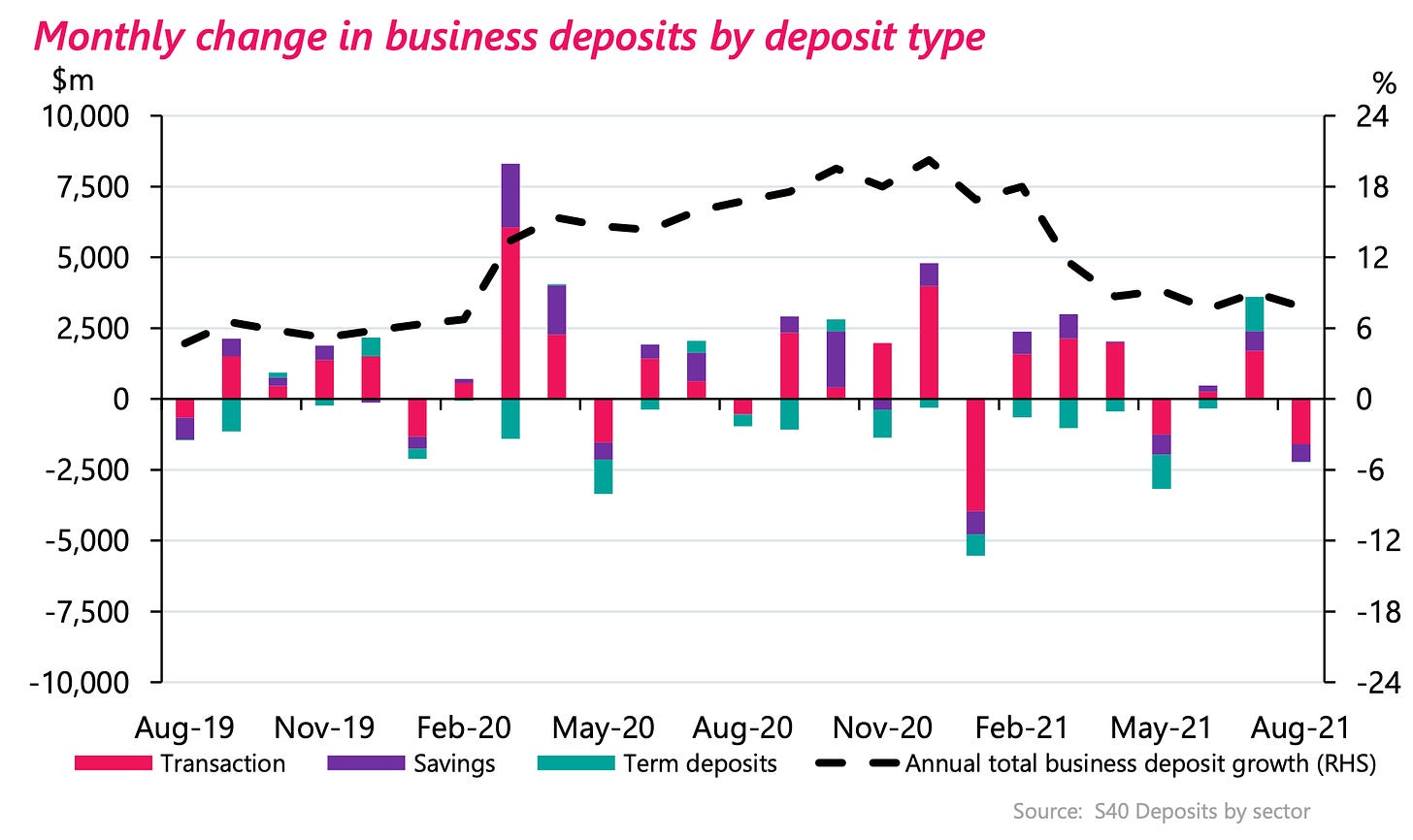

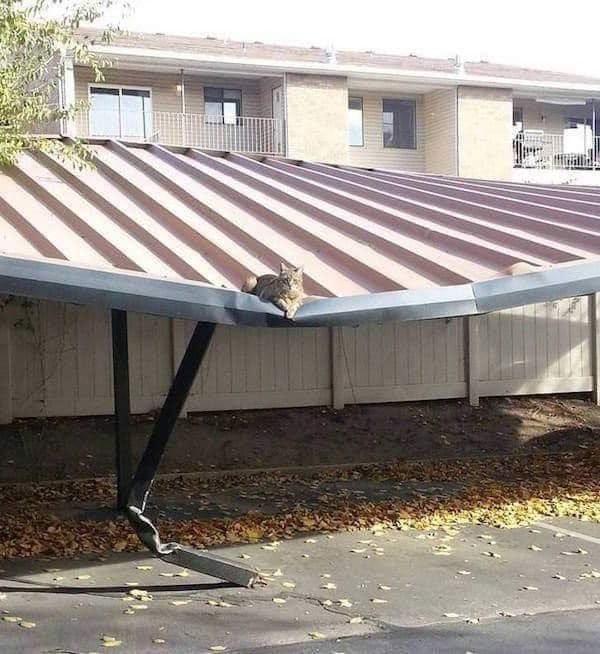


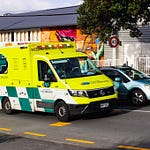
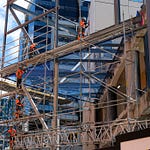
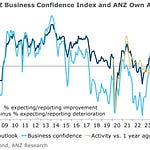

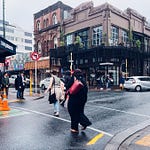

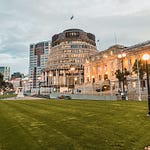
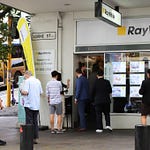
The week that was for the end of the long weekend